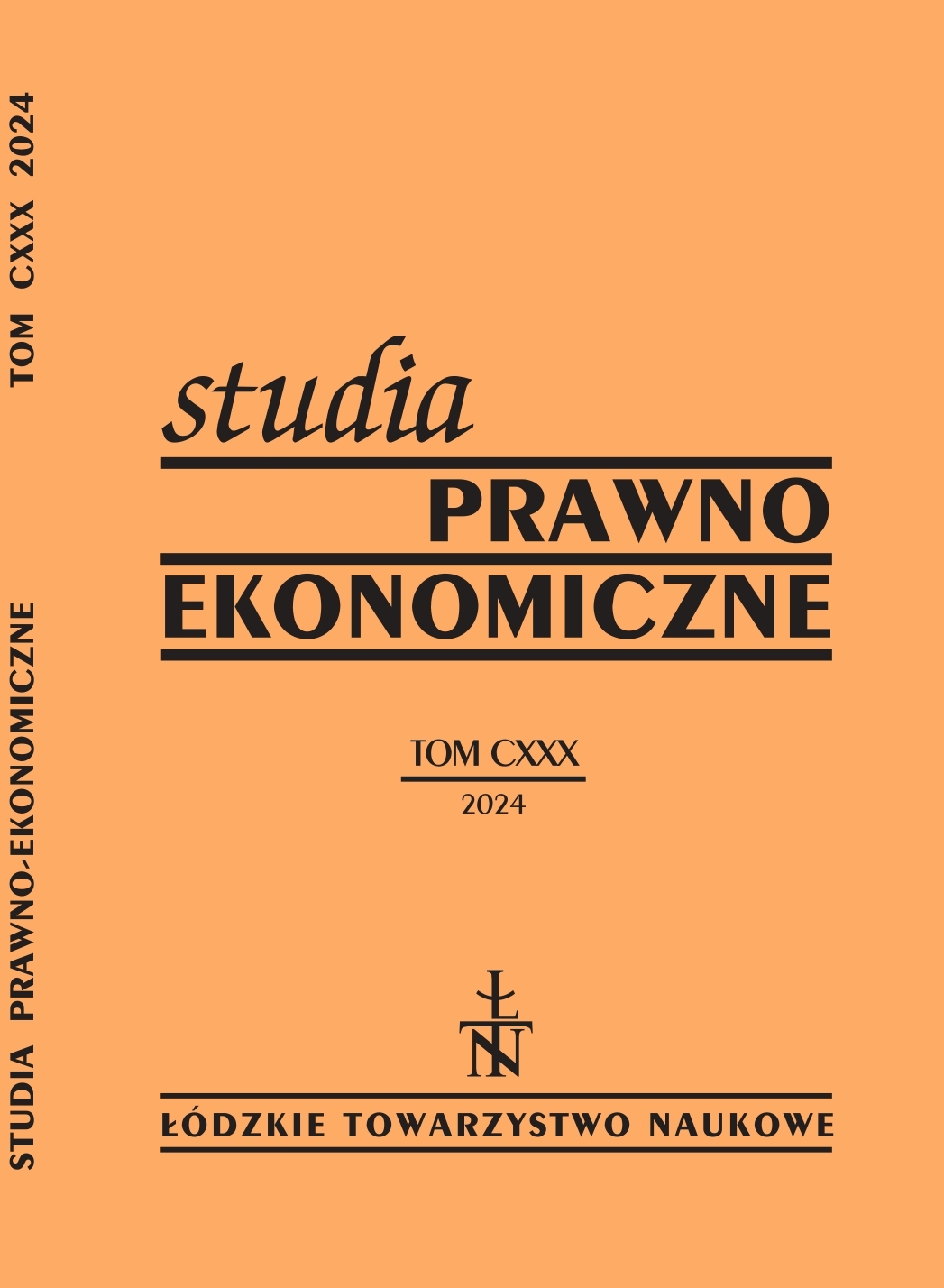Wpływ regulacji prawnych na dochody z VAT w Polsce: analiza empiryczna 2005–2022
The impact of legislative regulation on VAT revenues in Poland: An empirical analysis 2005–2022
Author(s): Robert Kelm, Szymon FabiańskiSubject(s): National Economy, Public Law, Fiscal Politics / Budgeting, Socio-Economic Research
Published by: Łódzkie Towarzystwo Naukowe
Keywords: VAT revenues; VAT gap; structural change; econometric model; smooth transition model;
Summary/Abstract: Background: The increase in the share of VAT revenues in gross domestic product after 2015 has triggered a discussion about its causes and how the increased tax revenue stream can be sustained. A feature of this discussion is the lack of consensus regarding the role played by regulatory and legal factors in fluctuations in the VAT gap and the cyclical nature of tax revenues. Processes further complicating the assessment of the effectiveness of regulations sealing VAT collection are the COVID-19 pandemic and the outbreak of war in Ukraine. Research purpose: The main objective of the article is the empirical identification of the mechanisms dominating the formation of VAT revenue in Poland in the period 2005–2022. According to the main research hypothesis, fluctuations in VAT revenue were determined not only by changes in the tax base and cyclical fluctuations, but also by legal regulations sealing the VAT collection system. The aim of the article is achieved by verifying a sequence of partial research hypotheses that allow us to determine the nature and scale of the impact on VAT revenue of their potential determinants. According to the most important partial research hypothesis, legal regulations introduced in 2016–2018 played a primary role in closing the VAT gap. Methods: Econometric techniques were used to verify the research hypotheses. The answer to the question of the existence of a stable equilibrium relationship between VAT revenues, tax base and cyclicality indicators in the Polish economy was obtained using the cointegrated vector autoregressive model C-VAR. The hypothesis on the occurrence of a structural change induced by the introduction of sealing regulations was verified using the autoregressive smooth transition model STR. Conclusions: The results of the research confirm the staggered, increasing impact of sealing regulations on the level of government VAT revenues. The hypothesis of a permanent effect of regulations on the behaviour of economic agents is positively verified. The results of the verification of the hypothesis on the impact of cyclical fluctuations on VAT revenues turn out to be inconclusive.
Journal: Studia Prawno-Ekonomiczne
- Issue Year: 2024
- Issue No: 130
- Page Range: 97-126
- Page Count: 30
- Language: Polish

